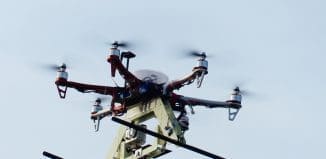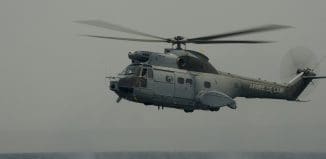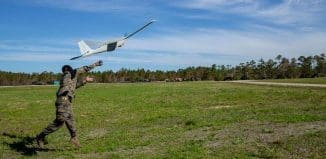Maintenance-Free Aircraft: Is It Possible?
This post is also available in:  עברית (Hebrew)
עברית (Hebrew)
The US Army spends close to 60 percent of funds for a given air platform on maintenance and sustainment. The Black Hawk undergoes maintenance every 10 flying hours, then at 40, 360 and 720 hours. Researchers say that by identifying problems as they occur, rather than putting aircraft through cycles of routine maintenance, they can reduce the logistical burden around aviation support. Researchers at the US Army Research Laboratory (ARL) have successfully tested a means of identifying aircraft damage as it happens. “We are going to have maintenance-free aircraft, an aircraft that can fly for over 720 hours with no maintenance and no downtime. It’s highly ambitious but that is where we are headed,” said Mulugeta Haile, an ARL research aerospace engineer.
The solution is based on acoustics. The research team suggests using acoustic sensors to effectively “hear” damage to the airframe as it occurs. “These are passive sensors distributed over the entire aircraft, like a microscopic microphone. All they do it listen to what’s moving and what’s cracking,” Haile said. “If a part is breaking, if there is a microscopic crack in a solid, it emits a tiny amount of energy that disturbs the surface of the structure. If you measure that very small surface displacement, that signal will give you information about the location and the severity of the damage.”
According to c4isrnet.com, the method relies primarily on advanced signal processing techniques. Essentially the art lies in subtracting out known noises in order to hear anything unusual. Then the sensors can be tuned so they won’t be sensitive to that information.
The technology will be in development for some years to come, but could be deployed on the next generation of vertical lift aircraft, Haile said. In the longer term, he says, the sensors could do more than just diagnose problems in the airframe. They could help the aircraft heal itself.
The team is simultaneously developing a “damage adaptive controller,” a technology that adjusts how an aircraft runs based on damage-sensor information.
Other across the armed services are likewise looking for ways to improve efficiencies around aircraft support. The Marine Corps in spring 2017 began setting up Wi-Fi connectivity in its hangers. By enabling ready network access, the service said, it could trim the time needed to order and receive parts, making aircraft maintenance more timely and efficient. Others, meanwhile, are looking at predictive analytics, the ability to anticipate systems failures, as a means to streamline aviation support.






























